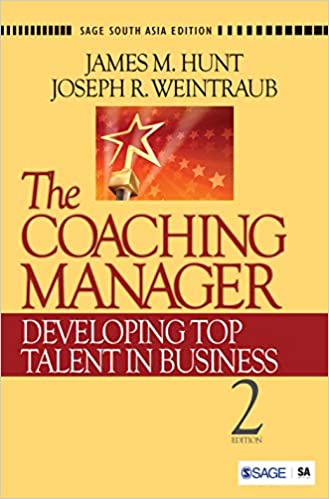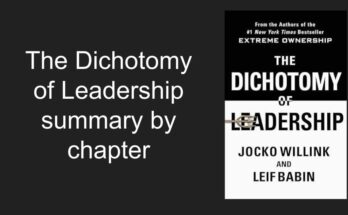In the coaching manager summary, I will briefly share the coaching manager model and other vital aspects shared in the book.
The Coaching Manager, Developing top talent in business by Jame Hunt and Joseph Weintraub, introduces an easy-to-follow coaching model for managers. Here manager is the term used for leaders and senior management executives.
What are the key takeaways from the coaching manager summary?
- Why should you buy this book?
- What is the need for The coaching manager model?
- What is the model of developmental coaching in the organization?
- Why have a coaching mindset?
- How to create coaching friendly context?
Why should you read The Coaching Manager?
The Coaching Manager provides an easy-to-follow Model to become a coaching manager, and you will find examples, case studies, and actionable tips in the book.
In this short The Coaching Manager summary, I will share the Model. The book has more details.
Coaching managers have more engaged team members, which helps them grow as leaders and take the team with them. In addition, team members become more open to feedback and help build a culture in the organization.
What is the need for The coaching manager model?
Coaching managers are more successful than average managers as they engage, motivate, and help team members to grow.
The coaching manager model helps managers coach team members where the coachee takes more ownership of learning and gets disciplined about personal growth and learning.

At an organizational level, people become open to giving and receiving feedback and working on them. It builds a culture of transparency, trust, and helpfulness.
Knowing that coaching managers have so many benefits, how can we help managers to become coaching managers? First, the coaching manager model can help the managers to be a coach to their team members.
What is the model of developmental coaching in the organization?
The Model of developmental coaching includes the following elements in the organization.
- A coaching friendly context
Coaching interaction should not be related to performance evaluation in any way, directly or indirectly, and these interactions must be safe so that employees are willing to participate.
- A helpful mindset
To develop a helpful coaching mindset, managers need to build a coaching identity and learn to be beneficial, not evaluative.
- A coachable learner
For coaching to succeed, team members must be coachable, and they must want to learn, be open for reflection on their work, and deal with feedback.
- Stopping the action and starting the coaching dialogue
With inquiry techniques, the coaching managers can stop the action and start the coaching dialogue.
- Knowing what is important
A coaching manager should know what good performance looks like and give helpful feedback.
- Observing without interfering
Observer bias is for real, impacting the judgment and firsthand data. The key is to accept that this bias exists and do not interfere.
- Providing helpful and balanced feedback
Feedback is like showing a mirror to the coachee to improve themselves and take more ownership of their actions and results.
- Collaboratively interpreting what needs to change.
The coach and coachee must collaborate to work on their behavior and the changes needed.
- Setting goals for change and following up.
Just attending a two-day course may not be sufficient to achieve behavior change. The coach and coachee need to work out goals that are mutually agreed upon then. Once goals are set, develop the system of follow-up.
Why have a coaching mindset?

Coaching managers have an attitude of helping others grow instead of fixing them. They want others to succeed and never miss a chance to admire the excellent work of others.
Coaching managers believe that the organization can also grow by growing everyone and helping them reach their potential.
Coaching managers focus more on results and are also open to tolerating the team’s failures. Therefore, they do not need to control the team, staying motivated to achieve goals.
They can show empathy to others and think from another person’s perspective, making them non-judgemental.
How to create coaching friendly context?
In coaching friendly context, importance is given to learning personal development and aligning them to business performance.

In such an environment, people are open to sharing and learning with each other, promoting culture in the organization.
Here are some of the values and beliefs for the foundation of coaching friendly context:
- Trust and a considerable measure of openness are valued.
- Mistakes are tolerated because they are helpful for learning
- The organization pays careful attention to hiring the right people.
- Learning for the long term is essential.
- Reward systems encourage managers to spend time coaching.
- People should feel valued as individuals.
In this short, The Coaching Manager summary, we briefly discussed The Coaching Manager model and some aspects.
Who should read this book?
People managers, HR professionals, and anyone who wants to coach should read this book.
You may also like



